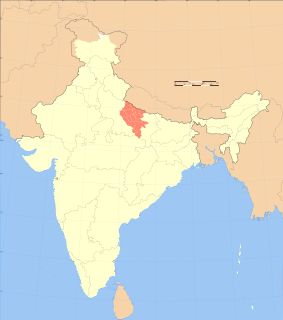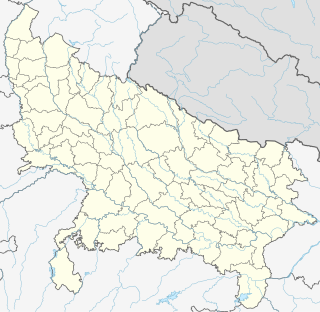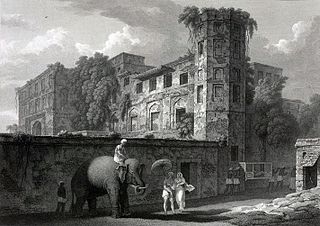It is proposed that this article be deleted because of the following concern:
If you can address this concern by improving, copyediting, sourcing, renaming, or merging the page, please edit this page and do so. You may remove this message if you improve the article or otherwise object to deletion for any reason. Although not required, you are encouraged to explain why you object to the deletion, either in your edit summary or on the talk page. If this template is removed, do not replace it . The article may be deleted if this message remains in place for seven days. Please check the history to see when this template was added. Nominator: Please consider notifying the author/project: {{subst:proposed deletion notify |Ahbans Khanzada|concern=Sources are from 100+ years ago and population statistics are from a unreliable Christian missionary website. No reliable or academic sources showing that they exist.}} ~~~~ |
| Total population | |
|---|---|
| 8,000 [1] | |
| Regions with significant populations | |
| • | |
| Languages | |
| • Awadhi • Hindi • Urdu | |
| Religion | |
| • | |
| Related ethnic groups | |
| • Rajputs • Muslim Rajputs • Khanzada • Bhatti Khanzada • Khokhar Khanzada |
The Ahbans Khanzada are a Muslim community found in the state of Uttar Pradesh in India. They are part of the larger Khanzada community found in the Awadh region. The community uses the surname Khan. [2]

Uttar Pradesh is a state considered to be part of central, northern and north-central India. Abbreviated as UP, it is the most populous state in the Republic of India as well as the most populous country subdivision in the world. It is located in the north-central region of the Indian subcontinent, has over 200 million inhabitants. It was created on 1 April 1937 as the United Provinces of Agra and Oudh during British rule, and was renamed Uttar Pradesh in 1950. The state is divided into 18 divisions and 75 districts with the capital being Lucknow. The main ethnic group is the Hindavi people, forming the demographic plurality. On 9 November 2000, a new state, Uttarakhand, was carved out from the state's Himalayan hill region. The two major rivers of the state, the Ganga and Yamuna, join at Allahabad (Prayagraj) and then flow as the Ganges further east. Hindi is the most widely spoken language and is also the official language of the state.

India, also known as the Republic of India, is a country in South Asia. It is the seventh largest country by area and with more than 1.3 billion people, it is the second most populous country and the most populous democracy in the world. Bounded by the Indian Ocean on the south, the Arabian Sea on the southwest, and the Bay of Bengal on the southeast, it shares land borders with Pakistan to the west; China, Nepal, and Bhutan to the northeast; and Bangladesh and Myanmar to the east. In the Indian Ocean, India is in the vicinity of Sri Lanka and the Maldives, while its Andaman and Nicobar Islands share a maritime border with Thailand and Indonesia.

Awadh, , known in British historical texts as Avadh or Oudh, is a region in the modern Indian state of Uttar Pradesh and a small area of Nepal's Province No. 5. Its inhabitants are referred to as Awadhis.





